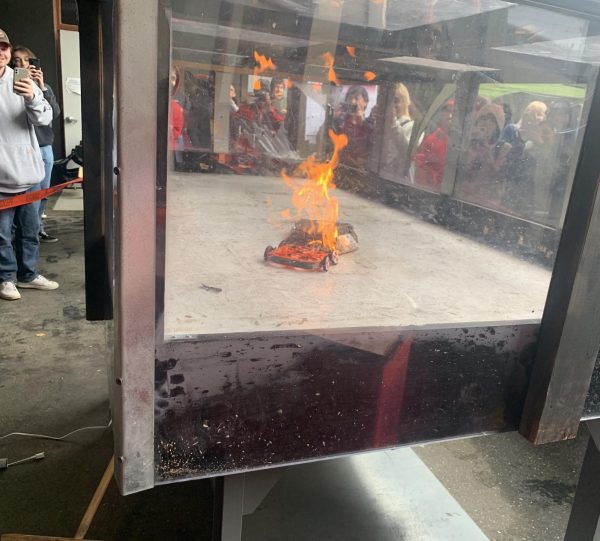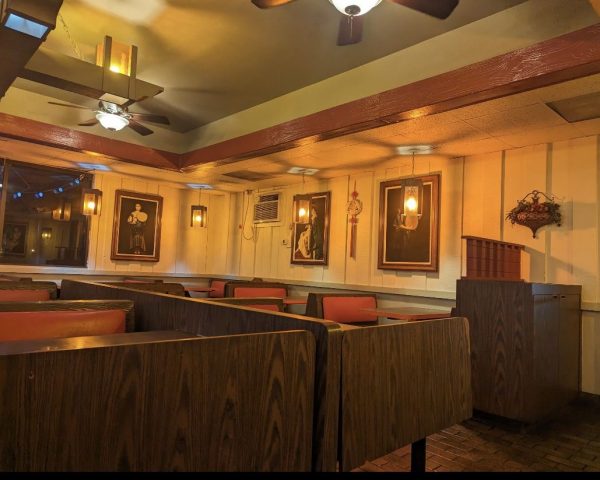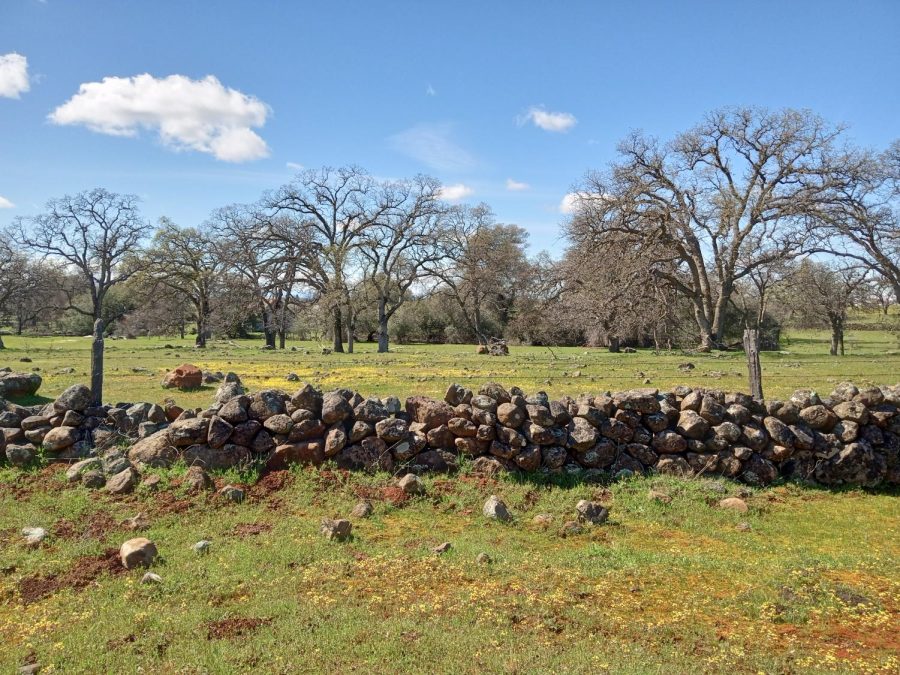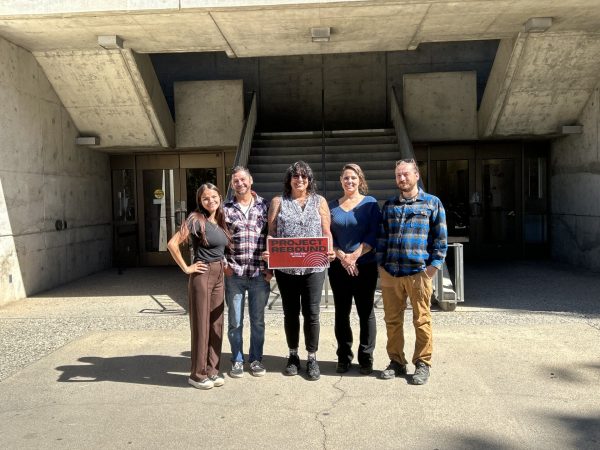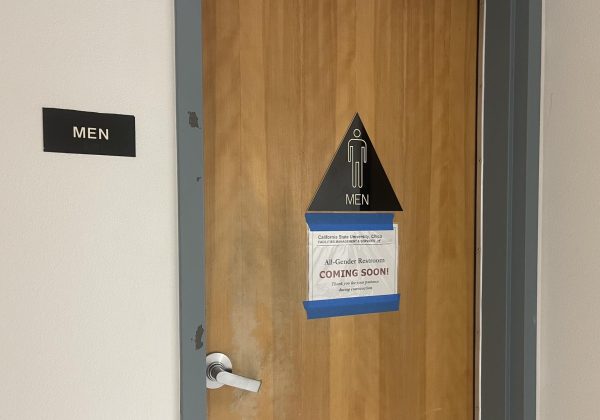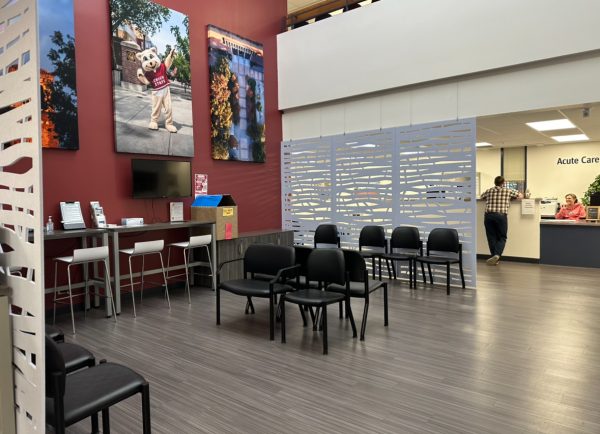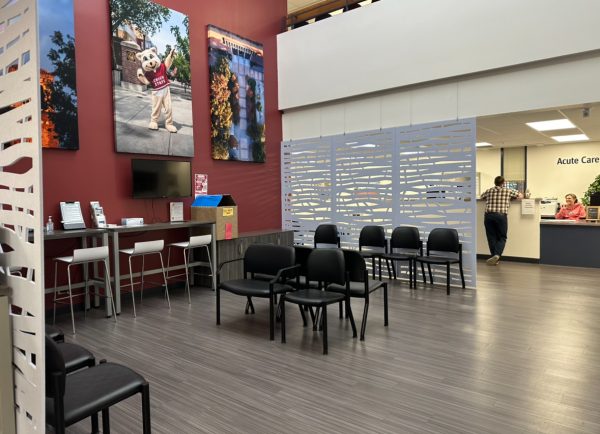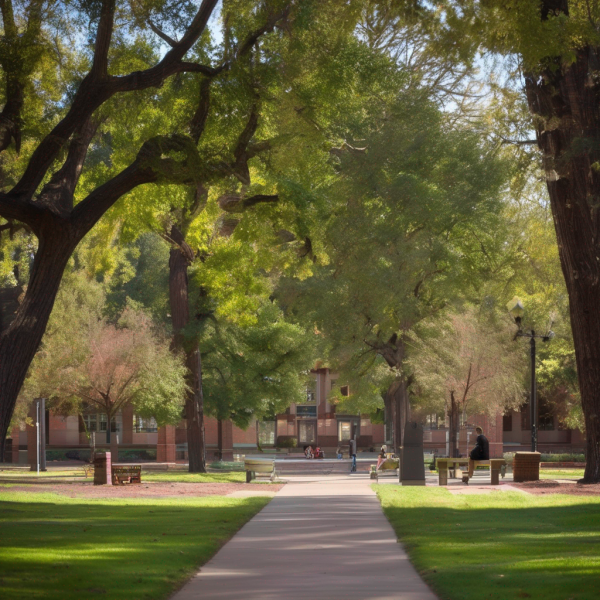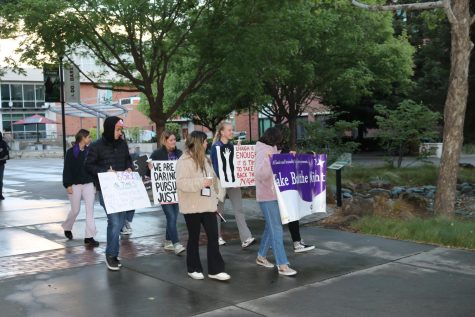Valley’s Edge: What’s the plan?
Chico’s population increased by more than 32% since 2000, but the best way to accommodate the housing needs of people who contribute to the success of the community is a subject of debate.
Developing areas within the urban landscape of Chico is one option. Valley’s Edge is another, but neither of these options will satisfy all parties.
The Greenline is a hard border on the west side of Chico that prohibits development from sprawling into areas that have been established as ideal for agriculture. No amendments have been made to the Greenline since its establishment in July 1982.
Chico’s 2030 general plan was adopted in April 2011 and amended in March 2017. A general plan outlines the guiding principles that must be met by potential developers when submitting specific plans for future building.
Recent construction along the eastern border on Bruce Rd., and on the north side near Eaton Rd., can be attributed to the demand for housing and infrastructure butting up against the Greenline and spreading out in other directions.
In the foothills of southeast Chico, 1,448 acres of land between Skyway and E. 20th St. is approved by the City of Chico to be developed as outlined in the specific plan called Valley’s Edge. The development is planned to be built over the course of the next several decades.
Valley’s Edge planning manager, Bill Brouhard, envisions a community built in fusion with nature, where half of the acreage is dedicated to parks and open space. He wants to make it easy to get to the park with an interconnected trail system totaling 25 miles.
“You really want to have that big canvas to plan gracefully for conservation,” Brouhard said.
The Valley’s Edge project is met with significant resistance: a referendum garnering over 6,000 validated signatures from concerned Chico residents and a lawsuit against the City of Chico regarding the environmental impact of the project it approved.
Chico City Council member, Addison Winslow, was the sole member to vote against approving the project. Instead, he advocates for higher density housing with urban infill on lots that could be developed in town and utilize the existing infrastructure.
“Public transit is not viable when you have very low densities,” Winslow said.
Winslow shares some of the concerns listed in the referendum organized by Smart Growth Advocates, which include traffic congestion, water depletion, affordable housing and fire risk.
The land where Valley’s Edge is planned has burned in previous wildfires, including the Camp Fire. This has raised questions about the risk of future wildfires.
Reducing the fuel load is integral when preparing for wildfire, and Chico Fire Chief Steve Standridge described how a vegetation management plan could be aided by weed abatement ordinances and HOA requirements.
If the land is city property not county property, wildfire interface standards outlined in the community wildfire protection plan could be implemented and there is also the potential for an added fire engine, Standridge said.
Chico City Council is faced with a decision on whether to rescind their approval of the Valley’s Edge project, hold a special election or put it on a future ballot. If the specific plan were to be changed and reapproved, there is a chance that the referendum would no longer apply.
Brykelle Lang can be reached at [email protected]



